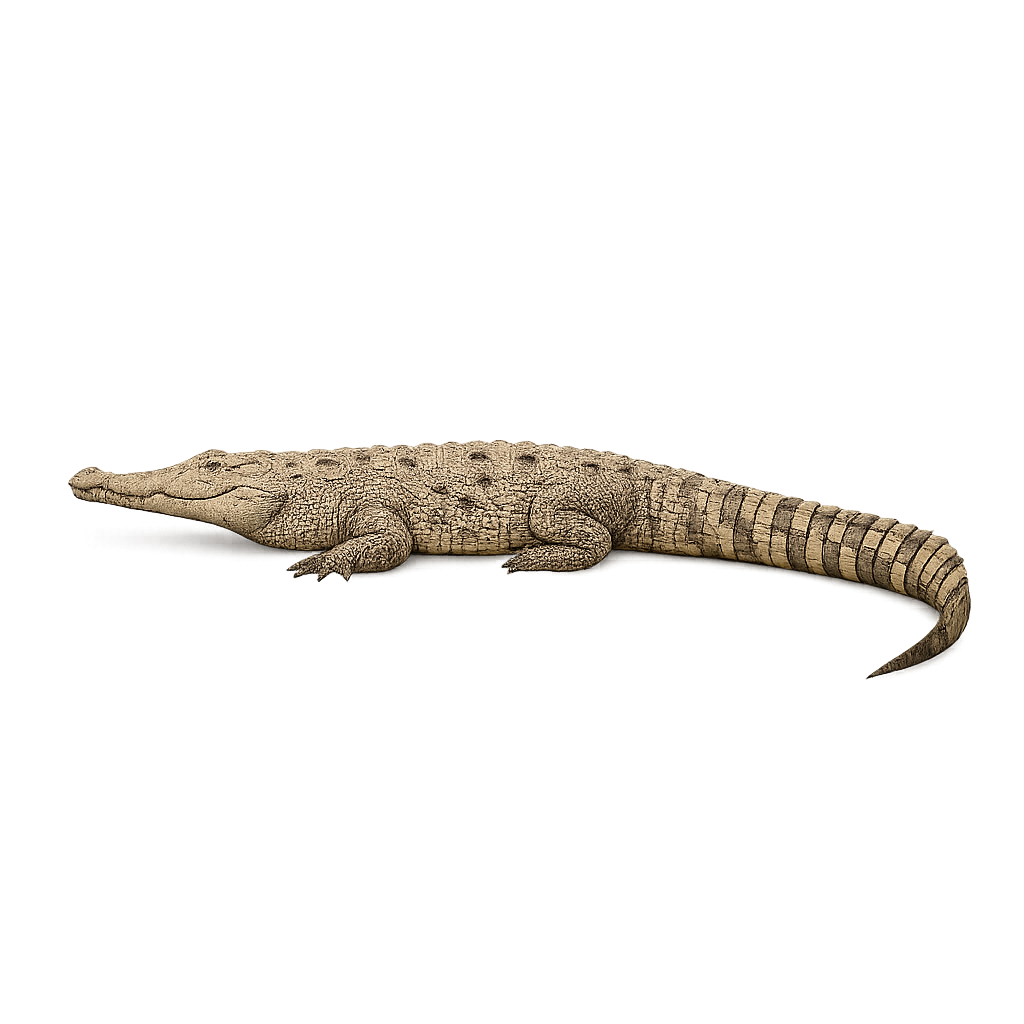Your wildlife photography guide.
Explore the american crocodile in detail, study its behavior, prepare your shots.
Where to observe and photograph the american crocodile in the wild
Learn where and when to spot the american crocodile in the wild, how to identify the species based on distinctive features, and what natural environments it inhabits. The WildlifePhotographer app offers tailored photography tips that reflect the american crocodile’s behavior, helping you capture better wildlife images. Explore the full species profile for key information including description, habitat, active periods, and approach techniques.
American crocodile
Scientific name: Crocodylus acutus

IUCN Status: Vulnerable
Family: CROCODILIDAE
Group: Reptiles
Sensitivity to human approach: Suspicious
Minimum approach distance: 50 m
Reproduction period: October to December
Incubation: 80-90 jours
Births: October to December
Habitat:
Coastal zones, estuaries, lagoons, and rivers of Central America, the Caribbean, and southern Florida
Activity period :
Mainly active at night, generally discreet during the day.
Identification and description:
The American Crocodile, also known by the scientific name Crocodylus acutus, is a large reptile distinguished by its impressive size and broad distribution. It can reach lengths of 6 to 7 meters, although some individuals can exceed this size. Its body is covered with green to gray scales, often speckled with darker patches, which help it blend perfectly into the brackish waters and marshlands of its habitats. The American crocodile primarily lives in coastal and estuarine areas, where it feeds on fish, birds, and small mammals. It is an opportunistic hunter and can occasionally capture large prey when they venture too close to the water. This reptile is semi-aquatic and spends a significant amount of time in the water, but it is also capable of moving on land. Regarding migration, the American crocodile is relatively sedentary, although it can travel long distances along the coast depending on environmental conditions. It is listed as vulnerable due to habitat loss and intensive hunting for its skin. Potential Threats: habitat loss due to coastal development and water pollution, illegal hunting for its skin and meat.
Recommended lens:
300 mm – adjust based on distance, desired framing (portrait or habitat), and approach conditions.
Photography tips:
Use a telephoto lens to photograph the American crocodile, especially when it is basking in the sun or swimming in the water. The soft light of morning or evening is ideal for capturing sharp and detailed images. Be discreet and respect their space to avoid disturbing their natural behavior, especially during the breeding season.
The WildlifePhotographer App is coming soon!
Be the first to explore the best nature spots, track rutting seasons, log your observations, and observe more wildlife.
Already 1 431 wildlife lovers subscribed worldwide

